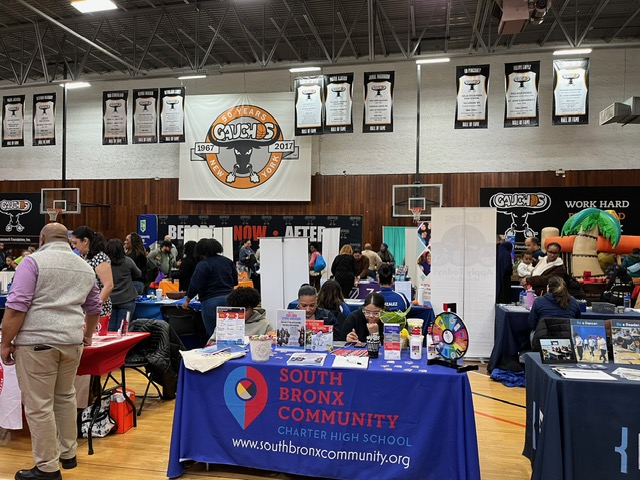
How Kids Can Maintain a Safe Distance at School
As of last week, Mayor De Blasio shared that roughly 25,000 New York City public school families opted their children into blended learning two days after the enrollment window opened. The window to opt-in closes on April 7th.
With more students returning to in-person learning and the CDC stating that now “all students remain at least 3 feet apart in classrooms where mask use is universal — regardless of whether community transmission is low, moderate, substantial, or high” this means kids are going to be closer than they have been in over a year. And as a parent whose son is currently in quarantine and is being traced by the state from a positive case in his class, it has been a reminder that it is important to remind our kids (unfortunately) about keeping a safe distance.
Psst…check out Tips on How Kids Can Transition Back to Being Social.
I touched base with Dr. Christina Johns, Senior Medical Advisor for PM Pediatrics, with tips on how kids can reconnect with their peers safely.
As kids start to go back to school, how should they safely maintain distance?
I encourage parents to have a conversation with their kids about being very conscious of the structures that their schools have set in place to maintain social distancing. Schools have done an excellent job of placing desks, lunchroom tables, etc. the appropriate distance apart, discouraging certain activities at recess, enforcing one-way hallway traffic, etc. Parents simply need to remind their kids of the importance of being aware of and following the rules in order to continue to mitigate spread effectively.
How can they still feel connected to their friends as they follow school/class guidelines and stay at a safe distance?
The mere fact that kids will see each other in person as opposed to in a virtual setting is an immediate connection point. My kids are back to school and it’s a huge deal that they’re able to see their friends and classmates in person even if they are distanced and have masks on.
How or when should parents decide to play with other kids who may not be at their school or in their “pod”?
First, think about the overall rate of community positivity where you live. If rates are high or increasing then it’s not a good idea to get together with others outside of your child’s classroom or pod. If the community rates are low — and that’s a variable definition, but usually defined as about 3 – 5% — parents still need to have a reasonably honest conversation with the other parent(s) before gathering. If you’re trying to decide whether or not to have a playdate and the other parents express they lead a relatively low interaction life with limited gathering and that’s aligned with how you practice, then it is reasonable to have a short playdate outdoors. To make it extra safe, parents can agree both kids would completely quarantine 5-7 days before the playdate and if neither develops any symptoms, you can assume it’s relatively safe for an outdoor gathering.
Should they limit how many kids they play with?
Yes, the guidance right now is to limit gathering, period. That applies to kids, as well. And, as previously discussed, some kids might find social settings stressful right now. I suggest starting slowly, get together outdoors in groups no larger than 3-5 people total. The data suggests we can see the light at the end of the tunnel, however, we’re not quite there yet, so it’s important to keep a lid on our gathering behaviors.
Dr. Christina Johns is the Senior Medical Advisor and Vice President of Communications for PM Pediatrics, where she provides evidence-based pediatric expertise for patients and families everywhere. A pediatric emergency physician and medical leader, Dr. Johns is board certified in both pediatrics and pediatric emergency medicine.
Dr. Johns has contributed to Good Morning America, been featured as a medical expert on CNN and Discovery Health shows, hosted Clear Channel Radio’s medical talk show, Doctors Call, and served as a spokesperson for SafeKids Worldwide on behalf of child advocacy on Capitol Hill.
Dr. Johns is a mom of two, a son and a daughter, and resides with her family and their two dogs in Annapolis, MD. Visit Dr. Christina’s blog, Dear Dr. Christina, and on Instagram @deardrchristina, Twitter @DrCJohns, and Facebook @Dr. Christina Johns.





















